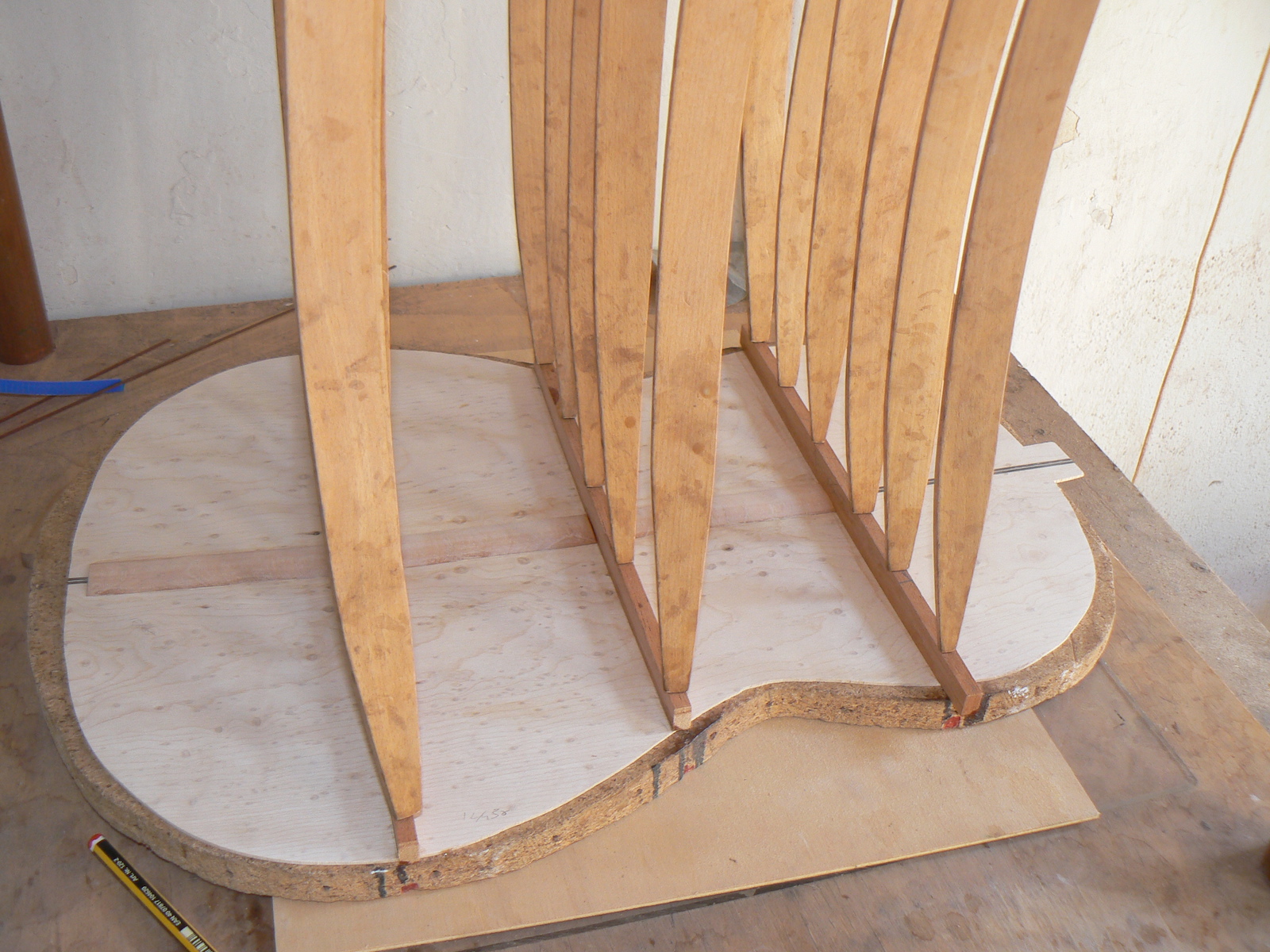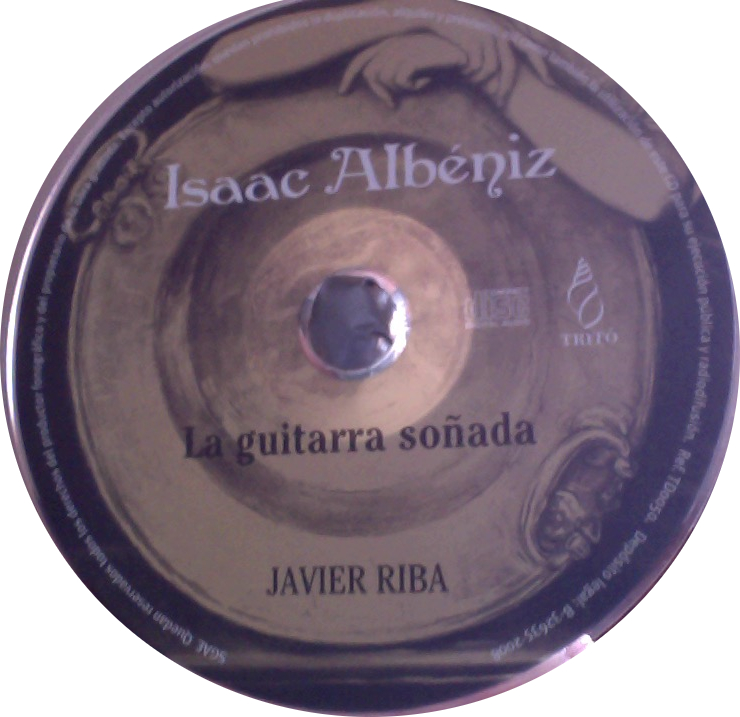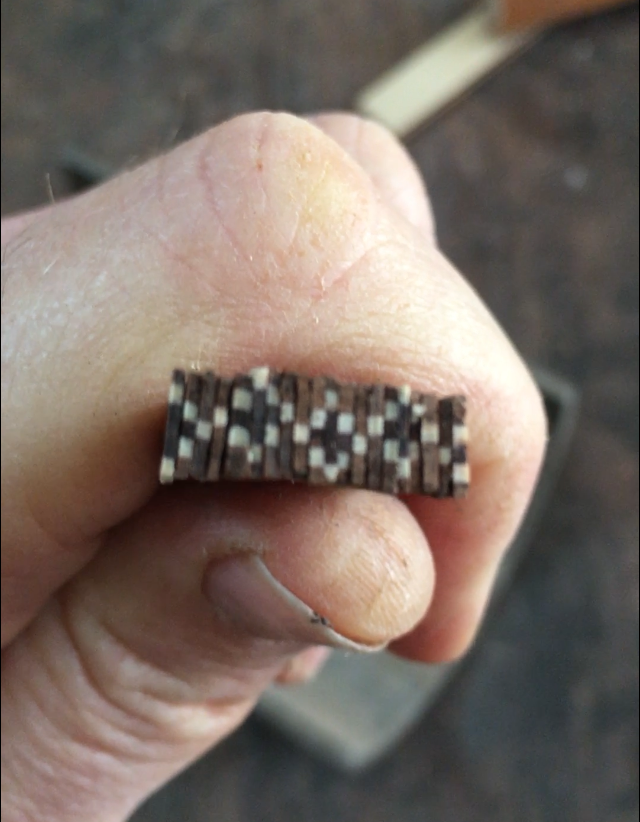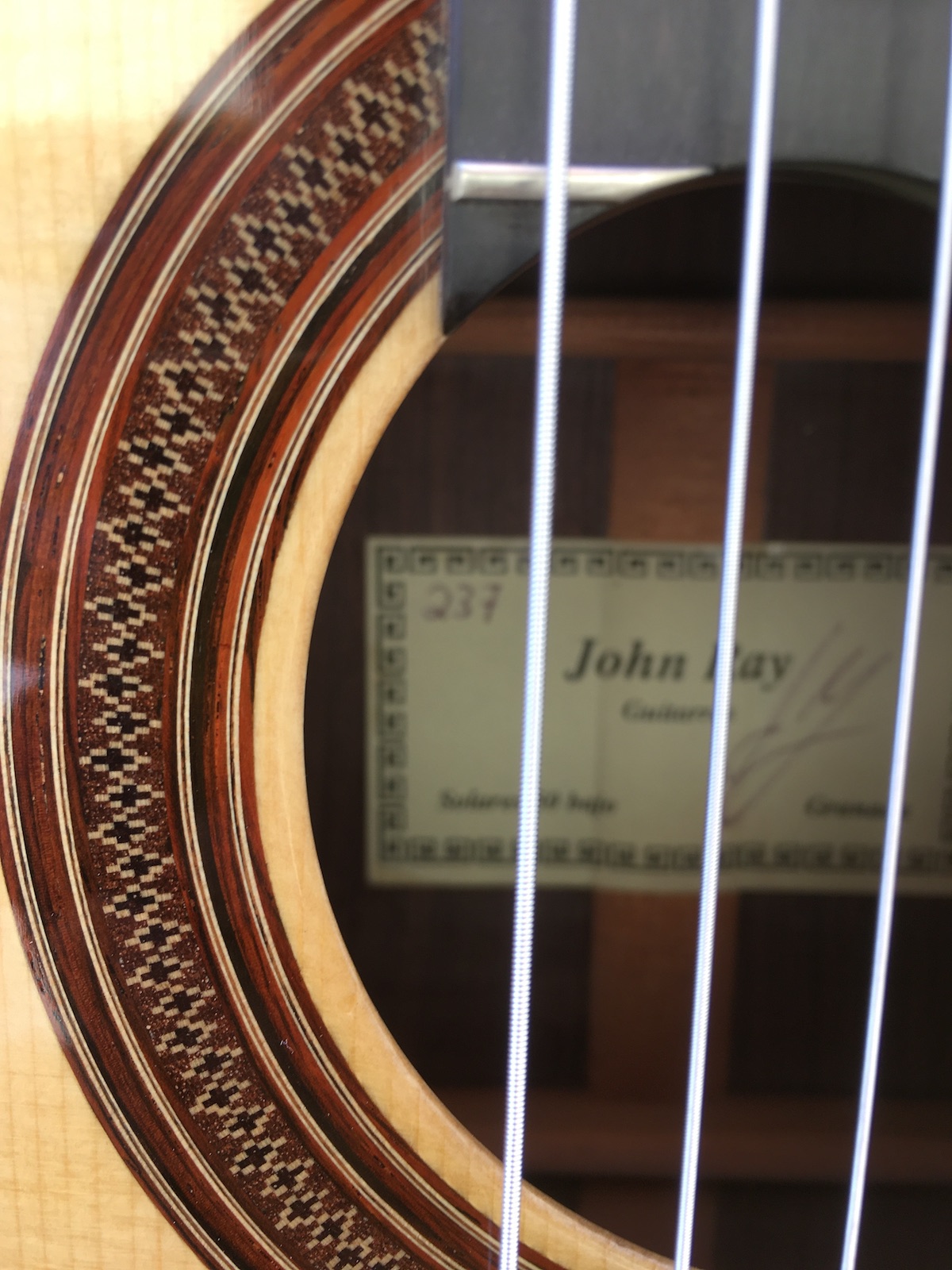Category Archives: People
Kithara Project
 There is nothing good about this crisis, too many deaths and too much economic hardship for the little guy. However, I have heard a lot of comments about how we might learn a few lessons that we should have learned long ago. Things like: valuing farmers, protecting public healthcare, not sending all of our jobs overseas, shopping locally, we really are all vulnerable and so much more. As always I will bring this argument to my own little world, the guitar. I just got an email from the good folks at the Kithara Project, click to read more about them. The reason I mention them is that they too have something to teach us apart from the obvious lesson in humility and charity. They have organized an online youth guitar competition and in the rules it is very clearly stated what is important about the video performance:
There is nothing good about this crisis, too many deaths and too much economic hardship for the little guy. However, I have heard a lot of comments about how we might learn a few lessons that we should have learned long ago. Things like: valuing farmers, protecting public healthcare, not sending all of our jobs overseas, shopping locally, we really are all vulnerable and so much more. As always I will bring this argument to my own little world, the guitar. I just got an email from the good folks at the Kithara Project, click to read more about them. The reason I mention them is that they too have something to teach us apart from the obvious lesson in humility and charity. They have organized an online youth guitar competition and in the rules it is very clearly stated what is important about the video performance:
- Sound (overall tone production, tone color changes)
- Musicality (dynamics, phrasing, ability for the music to tell a narrative)
- Technical Proficiency (accuracy and comfortability of notes)
- Overall impression (personality, stage presence, and presentation)
Notice that it says nothing about volume! Maybe we can finally judge playing on the musicality instead of the sheer volume of the instrument. Obviously volume would be impossible to judge online here but it sort of brings home the fact that guitars are not violins, pianos nor banjos.
Old world craftsmanship
What is a craftsman, also known as an artisan? I like the word artisan because on the one hand it contains the word art and has a direct spanish translation and on the other hand it is gender neutral. Craft in my mind doesn’t quite have the weight of the spanish “artesano”. Handmade also has a series of problems associated with it so here I will be talking about artisanship, artisans and artisan guitars.
I am back on this subject because I just took some shoes to the cobbler to have them repaired. Lately I buy the same brand and style of shoe as a replacement when the old ones wear out but over the past few years the quality has not been the same (where have I heard that before?) I spoke to my artisan shoemaker and he told me how they used to make the thread for his work using hemp fibres and a mixture of wax and animal fat. The proportion of wax to animal fat varied according to the job at hand and it was mixed by the cobbler. Well of course you can’t get the things you need anymore from the suppliers and now they sell him a “better” product which is nylon with some sort of oil on it to give it the same feel. The problem is that it doesn’t stand up to the flex of a shoe and that is what is happening to my shoes when they wear out before their time. These are not cheap shoes by the way.
Something similar is happening with guitar-making as the glue manufacturers convince the makers that synthetic glues are “better” and the wood suppliers tell us that we don’t need to season our wood. Synthetic glues are not better and seasoned wood is essential. There are some very good makers using synthetic glues but through personal experience I have seen that they could make even better-sounding guitars if they would use hide glue. Not to mention the thousands of clearly sub-par makers that could also improve their work if they would take the time to learn the traditional ways of working and the reasons behind the traditions like using hide glue and naturally seasoning your wood.
Leonardo García
 I have just written a guest post for Leonardo García’s blog Six String Journal. Why not head over there and check out all he has to offer to guitarists and learn a lttle more about him.
I have just written a guest post for Leonardo García’s blog Six String Journal. Why not head over there and check out all he has to offer to guitarists and learn a lttle more about him.
Javier Riba with his Santos Hernández copy
 Javier Riba is full professor at the Córdoba conservatory of music, scholar of the guitar, and tremendously musical concert player. He has performed music by great contemporary composers and made a number of recordings of music for guitar and transcriptions. His performances, his work as a composer and his publications contribute to making him one of the best teachers in Spain. The link on his name goes directly to his blog which gives you a lot more information. Here he is playing a Leo Brouwer transcription of sonata K. 208 by Scarlatti. The guitar is my Santos Hernández copy, a guitar which is becoming the one that is most asked about and purchased. The dimensions of the guitar, the slanted transverse bar, the aesthetic and of course the sound seem to be just what many players are looking for. Like the rest of my instruments this model is easy to play and has great tonal range.
Javier Riba is full professor at the Córdoba conservatory of music, scholar of the guitar, and tremendously musical concert player. He has performed music by great contemporary composers and made a number of recordings of music for guitar and transcriptions. His performances, his work as a composer and his publications contribute to making him one of the best teachers in Spain. The link on his name goes directly to his blog which gives you a lot more information. Here he is playing a Leo Brouwer transcription of sonata K. 208 by Scarlatti. The guitar is my Santos Hernández copy, a guitar which is becoming the one that is most asked about and purchased. The dimensions of the guitar, the slanted transverse bar, the aesthetic and of course the sound seem to be just what many players are looking for. Like the rest of my instruments this model is easy to play and has great tonal range.



